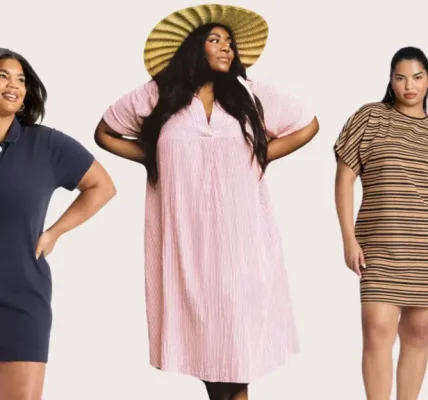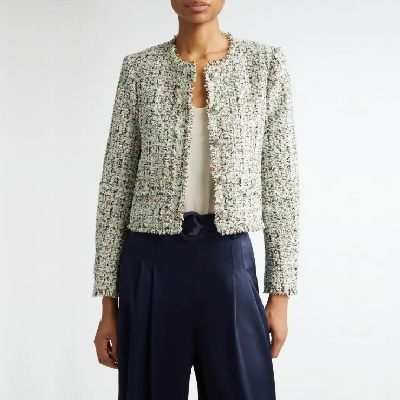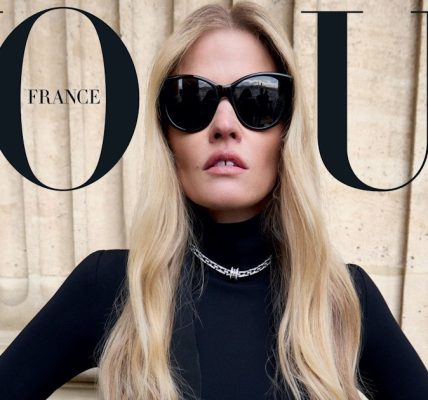The beauty industry has historically neglected a significant and powerful demographic: plus size beauty consumers. Representing over 67% of U.S. women, plus size women are frequently overlooked by mainstream beauty brands, despite their status as a rapidly expanding and high-spending market segment. This oversight not only impacts their shopping experience but also limits the diversity in beauty representation across brands.
We value transparency regarding our revenue model. Our website utilizes affiliate links. If you click on an affiliate link and make a purchase, we may earn a commission from the retailer. Importantly, this commission comes at no additional expense to you.
According to the CDC, over 68% of U.S. women wear a size 14 or larger—a figure that has remained steady and is even increasing over the past decade. Yet, when browsing the aisles of most beauty retailers or scrolling through Instagram ads, one might assume the average consumer is a sample-size 4, devoid of any belly, back fat, or natural body texture. The reality is that plus size women are acutely aware of this neglect, and they’re tired of it. Unlike trailblazing, inclusive brands like Fenty Beauty, which embrace diverse body types, or cultural icons like Kendrick Lamar who celebrate plus size joy in their creative works, many beauty brands have yet to adapt to the demands of one of the most loyal and high-spending markets: the plus size beauty consumer.
A 2023 report from Coresight Research indicated that 65% of plus size women feel overlooked by both beauty and fashion brands. Interestingly, this lack of attention has not deterred their spending habits. Not only do these women continue to shop, but they often spend more per transaction than their straight-size counterparts. They gravitate towards brands that resonate with their lived experiences and provide solutions tailored for their unique skin and body types, ensuring representation in marketing campaigns.
Empowering Plus Size Consumers: Money, Power, and Presence
There’s a long-standing stereotype that the plus size beauty consumer is shy, lacking confidence, or uninterested in beauty. This notion is not only outdated but also deeply offensive. Today’s plus size consumers are thriving professionals—lawyers, stylists, creative directors, founders, influencers, doctors, and editors. They are active in their communities, attending conferences, sitting on panels, and making their presence known at award shows and various events, all while showcasing their beauty. They arrive not just looking good but also feeling confident, adorned with makeup that enhances their natural features.
Moreover, this demographic is also buying significant amounts of beauty products. From body oils that alleviate discomfort from underboob sweat to bronzers that accentuate every curve, plus size consumers are driving growth in categories like body care, complexion products, and fragrance. In these areas, brand loyalty is profound, and consumers are often willing to pay higher price points for products that genuinely meet their needs. According to McKinsey & Company, the U.S. beauty market was valued at over $100 billion in 2023, with women wearing sizes 14 and above playing a crucial role in this substantial figure, particularly through the convenience of online shopping.
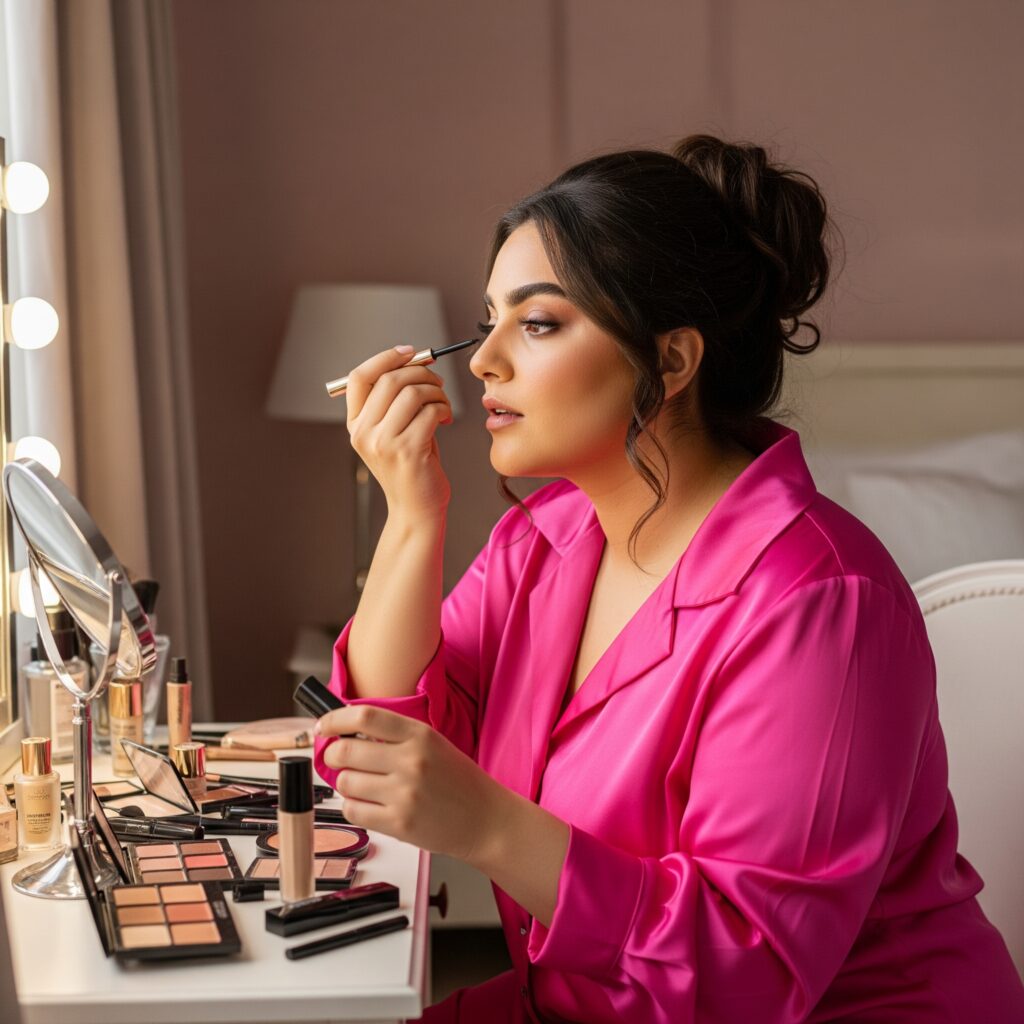
Additionally, the beauty boom driven by TikTok and Instagram has illuminated the true influencers behind purchasing decisions, challenging traditional marketing approaches.
Understanding Real Bodies and Authentic Needs
Today’s plus size consumer is not seeking pity or permission. Instead, she demands products that are designed with her in mind—items that honor her body and the realities of her daily life. This includes necessities like anti-chafe sticks, moisture-rich body serums, full-coverage foundation shades that accurately match deeper skin tones without oxidizing, and applicators that accommodate fuller hands and longer nails. Campaign imagery should showcase curves in bikinis, celebrating the natural state of the body without cropping out bellies. Furthermore, mascara advertisements need to reflect the existence of individuals with fuller figures.
Many plus size women describe the summer season as a challenging maze—navigating which outfits will conceal sweat, determining which makeup will endure the heat, and questioning whether their body shapes will be socially accepted on any given day. This lack of acknowledgment from mainstream beauty brands is not just frustrating; it can feel alienating and isolating.
While traditional brands continue to miss the mark, innovative indie and women-led brands are stepping in to meet the needs of this market. Brands like Megababe, Lume, The Honey Pot, and Beekman 1802 are resonating with plus size consumers by addressing common issues such as boob sweat, skin friction, pH balance, and belly folds—all without shaming their clientele. These brands foster loyalty by providing practical solutions to real problems in ways that feel inclusive, engaging, and authentic.
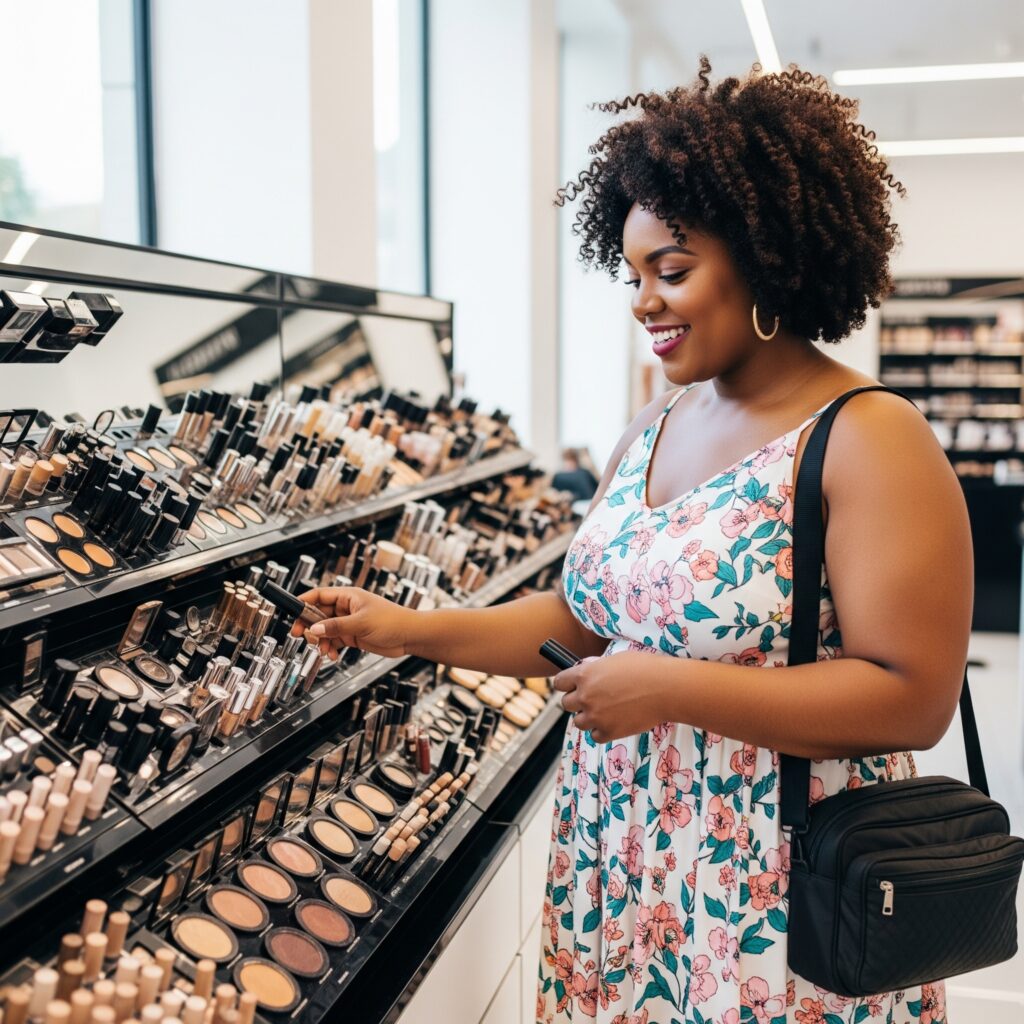
The Cultural Revolution in Beauty Standards
The current moment signifies a profound cultural shift rather than a mere trend. Plus size women are no longer waiting for an invitation to join the beauty conversation; they are actively leading it. They are establishing brands, reviewing products, defining standards, and claiming the space they have always deserved within the industry. The narrative is shifting from “how to look slimmer” to “how to embrace and celebrate yourself fully.”
Beauty has never been about conforming to a narrow ideal, and it should never have been. Finally, this dynamic group of confident, stylish, educated, and financially empowered women is calling out the industry for its shortcomings and constructing new spaces where they are the focus. If you’re a beauty brand reading this and you haven’t yet prioritized this audience, consider this your wake-up call: plus size women are not waiting for your approval. They are already investing their money in brands that recognize them—whether you choose to create inclusive campaigns, expand your sizing, or participate in diluted “body positivity” messaging during Pride and New Year’s celebrations. If you don’t begin to authentically serve them, they will continue to spend their money elsewhere and encourage their followers to do the same.

Here you can find the original article; the photos and images used in our article also come from this source. We are not their authors; they have been used solely for informational purposes with proper attribution to their original source.



